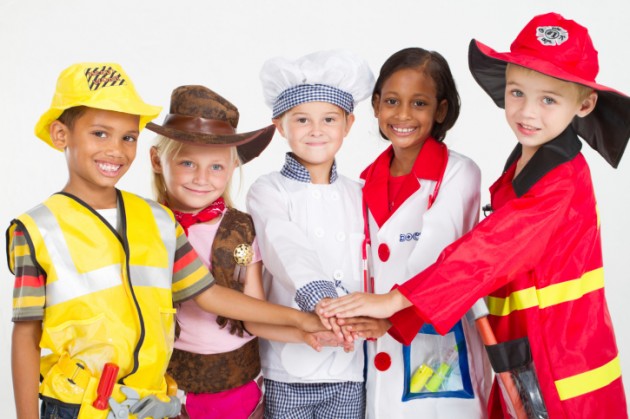Just because teens are employed does not mean they are any “healthier” or “safer” than older employees working in the same fields. Teen employees may perform as well as their adult counterparts in any number of situations, but workplace safety seems to develop with age. The Georgia Tech Research Institute’s Center for Young Worker Safety and Health states that young employees, age 15-24, are twice as likely as older co-workers to be injured on the job – 200,000 young employees are injured each year, and 70 are killed.
Workplace environment is a major factor in determining the likelihood of injured teen workers. Teens’ most-frequented industries tend to be those with high turnover rates such as retail, hospitality, and food service. Other such services include construction, agriculture, mining, and transportation.  Constantly changing environments may not be maintained with proper safety standards if management is not regulations might be skipped.
Constantly changing environments may not be maintained with proper safety standards if management is not regulations might be skipped.
Internal factors may be important to note as well. For instance, maturity and cognitive development may cause teens to overlook precautions before completing tasks. Because of this, they are perhaps more likely to come into contact with common hazards due to not properly assessing their environment.
To overcome these challenges, employers should approach safety training with a new perspective. Teens may not have had much experience in the work place, so additional time should be taken and further details should be described when dealing with tasks regular employees are used to. Video presentations may also help.
Communication is an important part of this training. Many young people may feel intimated about speaking up when they feel unsafe and may not be comfortable approaching to employers. Providing a welcoming environment so that they will be comfortable speaking up when an accident occurs is crucial to ensuring safety. Unfriendly work environments may cause employees (and not just young ones!) to cover up accidents to avoid harsh punishments. It could also lead to disregard for company policies and safety.
Furthermore, employers should ensure that both current employees and management are following standards while training younger employees. If new inexperienced employees notice older workers breaking the rules, they are less likely to follow as well. If management does not demonstrate a high quality safety program and culture supporting safety, then employees are less engaged and less likely to participate.
Although young people tend to have physical capabilities to perform high demand jobs, this does not mean they are exempt from safety regulations. Protection is key for inexperienced teens. Health and safety issues should be properly assessed throughout any company for all ages.






